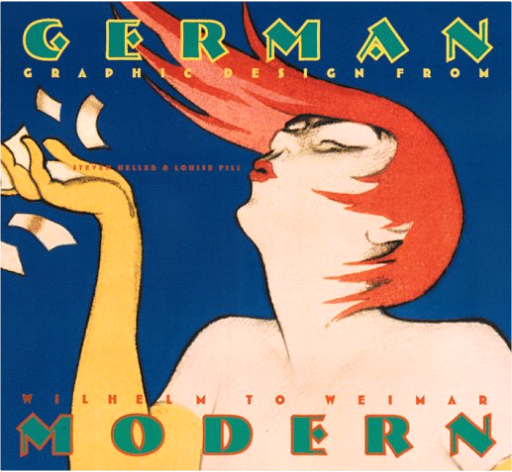 The latest volume in our popular Art Deco series, German Modern explores one of the fountainheads of modern graphic design. The renowned design team of Heller and Fili presents over 200 of the distinctive images that helped define the look of "the modern"-many never before published. Through posters, advertising stamps, letterheads, package design, magazine jackets, and numerous other commercial ephemera, the cool sophistication of this hybrid deco style looks as fresh today as it did when it first appeared between the world wars. Unique to German Modern is a chapter on the provisional currency known as Notgeld, which towns and even companies were allowed to print in the years of Germany's dire inflation. A key reference work and inspirational sourcebook for designers, artists, and aesthetes, German Modern is a colorful exploration of a classic and influential chapter of international design history. 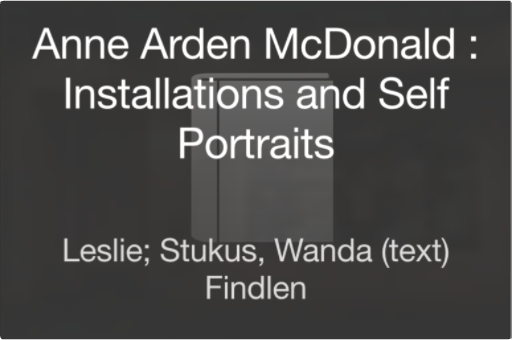 0974534005  In 1500 few Europeans regarded nature as a subject worthy of inquiry. Yet fifty years later the first museums of natural history had appeared in Italy, dedicated to the marvels of nature. Italian patricians, their curiosity fueled by new voyages of exploration and the humanist rediscovery of nature, created vast collections as a means of knowing the world and used this knowledge to their greater glory.  086636286X  "The Libraries of Thought and Imagination" celebrates books, libraries and bibliophilia. It includes an anthology of "Bookshelves" for which artists and writers were invited to select and write about a bookshelf. Their commentaries establish connections between the different books. The introduction by Colin Sackett considers the different characteristics of private and public libraries - we are "all librarians". | 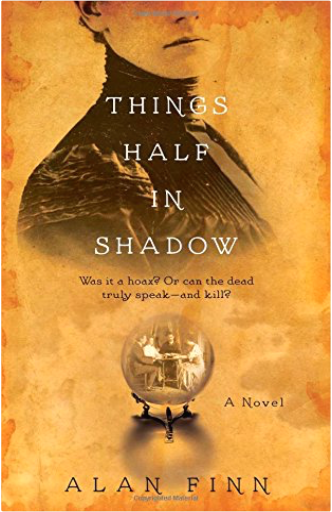 Postbellum America makes for a haunting backdrop in this historical and supernatural tale of moonlit cemeteries, masked balls, cunning mediums, and terrifying secrets waiting to be unearthed by an intrepid crime reporter. 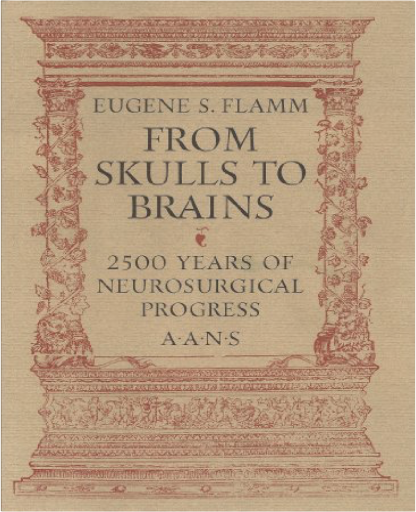 Preface- The idea for this exhibition started with a library exhibit in 2005 at the New York Academy of Medicine. The exhibition, entitled "Holes in the Head" was organized by the staff of the Malloch Rare Book Room....  0957424604 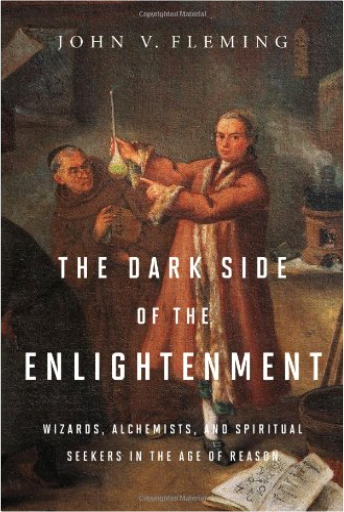 Why spiritual and supernatural yearnings, even investigations into the occult, flourished in the era of rationalist philosophy.In The Dark Side of the Enlightenment, John V. Fleming shows how the impulses of the European Enlightenment—generally associated with great strides in the liberation of human thought from superstition and traditional religion—were challenged by tenacious religious ideas or channeled into the “darker” pursuits of the esoteric and the occult. His engaging topics include the stubborn survival of the miraculous, the Enlightenment roles of Rosicrucianism and Freemasonry, and the widespread pursuit of magic and alchemy.  Joseph Carey Merrick, born in England on August 5, 1862, is better known as The Elephant Man. Through horrible physical deformities which were almost impossible to describe, he spent much of his life exhibited as a fairground freak until even nineteenth-century sensibilities could take no more. Hounded, persecuted and starving, he ended up at London’s Liverpool Street Station where he was rescued, housed and fed by the distinguished surgeon Frederick Treves. To Treves’ surprise, he discovered during the course of their friendship that lurking beneath the mass of Merrick's corrupting flesh lived a spirit that was as courageous as it had been tortured, and a nature as gentle and dignified as it had been deprived and tormented. The subject of several books, a Broadway hit, and a film, Joseph Merrick has become part of popular mythology. Here, in this fully revised edition containing new details, are the true and unromantic facts of his life. This is an extraordinary and moving story, set among the brutal realities of the Victorian world, telling of a tragic individual and his survival against overwhelming odds. 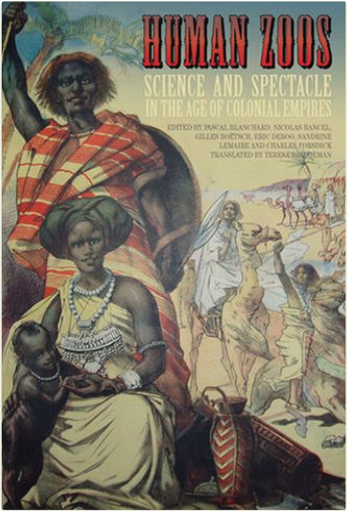 One of the first modern exhibitions of living humans was produced by the great American showman and charlatan P. T. Barnum who infamously introduced the public to Siamese twins Chang and Eng Bunker and George Washington’s supposed “mammy,” Joice Heth, in 1835. Human zoo exhibits like Barnum’s—forgotten symbols of the colonial area predicated on a vague scientific racism—have been largely repressed in our collective memory. Human Zoos, which begins with the early nineteenth-century exhibition of the Hottentot Venus and proceeds through a history of showcasing “savages” and “peoples of the world”—in New York, Moscow, Paris, and Tokyo, among other places—in a chronicle of our cultural effort to present the Other as a spectacle, unearths the men, women, and children who became extras in an imaginary history that was by no means their own. A bestseller on its original publication in France, with the addition of newly commissioned chapters and a contemporary translation, this unique and remarkable volume discusses a crucial phenomenon at the heart of Western fantasies, allowing us to understand anew the genesis of popular racism and cultural identity that fueled our fascination with colonial and imperial cultures. |

Morbid Anatomy Museum
Collection Total:
1,253 Items
1,253 Items
Last Updated:
Jan 26, 2016
Jan 26, 2016


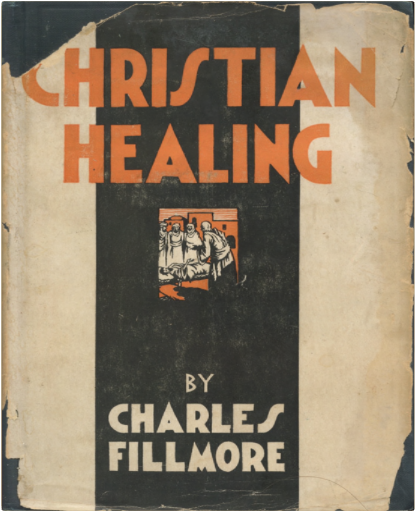
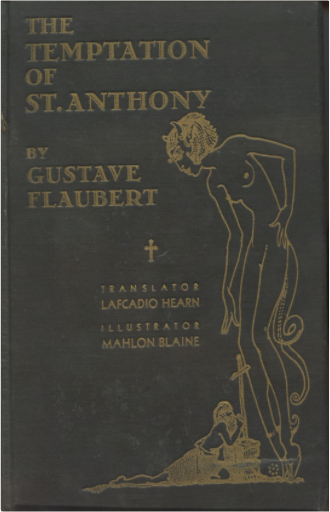
 Made with Delicious Library
Made with Delicious Library